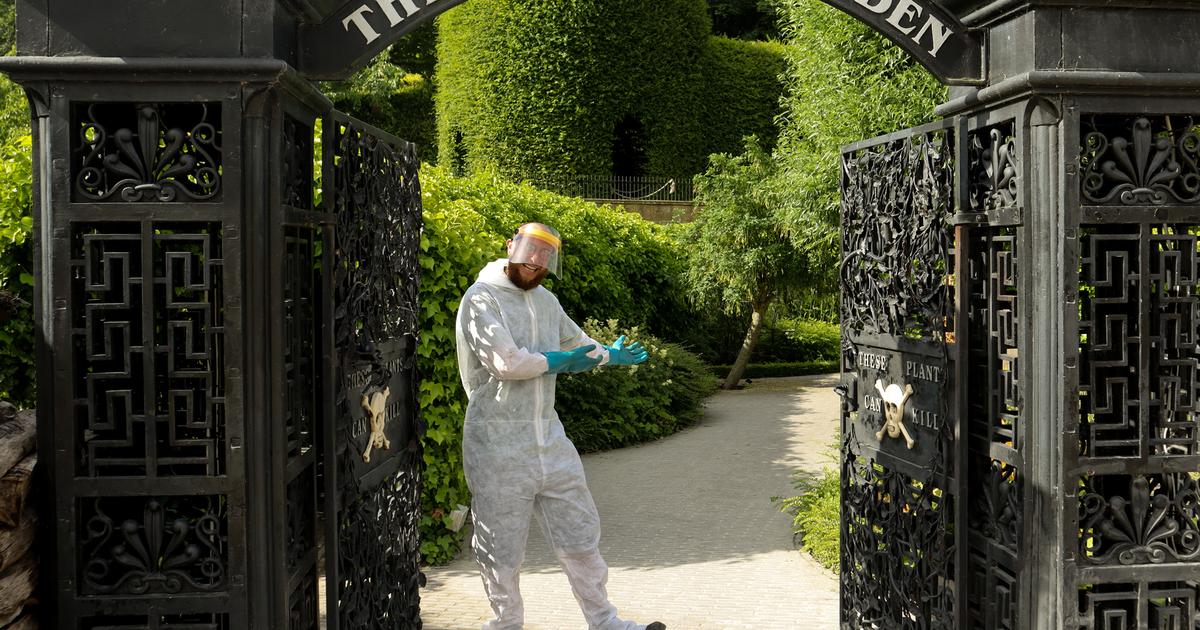No question of picking a beautiful bouquet there.
After passing through the black metal gate adorned with two skulls, visitors are warned.
In the Poison Garden, leaves, flowers, fruits or pollens are potentially fatal for human beings.
And the website is not likely to reassure us, certifying that “
some people occasionally lose consciousness after breathing in toxic exhalations while walking in the garden
”.
Created in 2005 within the Alnwick Garden, in the north of England, the Poison Garden shelters more than one hundred species of toxic, intoxicating or narcotic plants.
“
Before entering, visitors receive safety instructions
,” Dean Smith, a guide at the Poison Garden, told the BBC.
Prohibition to touch, smell or taste anything, which, given the list of preserved species, would be unconscious.
“
The most poisonous plant preserved here is undoubtedly the castor plant, considered by the Guinness Book of Records to be the most toxic in the world
,” Dean Smith told the British media.
Breaking Bad
fans
will recognize Walter White's favorite poison.
Read alsoThree trips around plants to play apprentice botanists
Opium and Cannabis
Rhododendron leaves, for example, contain grayanotoxin, a substance that attacks the nervous system.
Ruth McGivern / Alnwick Garden
Aconite, laburnum, cherry laurel, bay yew, hellebore... the list goes on.
And the most surprising thing is that certain plants grow in our gardens.
Rhododendron leaves, for example, contain grayanotoxin, a substance that attacks the nervous system of anyone who ingests it.
“
However, it is unlikely that you will eat the leaves because they taste very bad
”, wants to reassure Dean Smith.
Another amazing fact, if several rhododendrons grow close to each other, they will poison the soil so that no other plant can live there.
Rhododendron honey, on the other hand, has a red color and, in small doses, has hallucinogenic properties.
“
In larger doses, it is fatal
,” warns the guide, however.
Amy Thorp, gardener at the Poison Garden, doesn't take a dim view of these plants.
“
We are the ones at home
,” she explains.
Some may have been there before us.
So it's up to us to learn as much as we can about their uses, because many plants here can be used to do good, not harm
."
The most deadly can indeed be used to concoct remedies.
Like yew, used in the treatment of breast cancer.
Periwinkle, whose ingestion can be fatal, is also used in infusion for its benefits on blood circulation.
Other plants grown here have more unique properties: opium poppy, cannabis, or even khat.
But make no mistake about it.
The Poison Garden teams regularly organize visits dedicated to drug prevention, and these plants are under close surveillance.
And, of course, destroyed at the end of each season.













